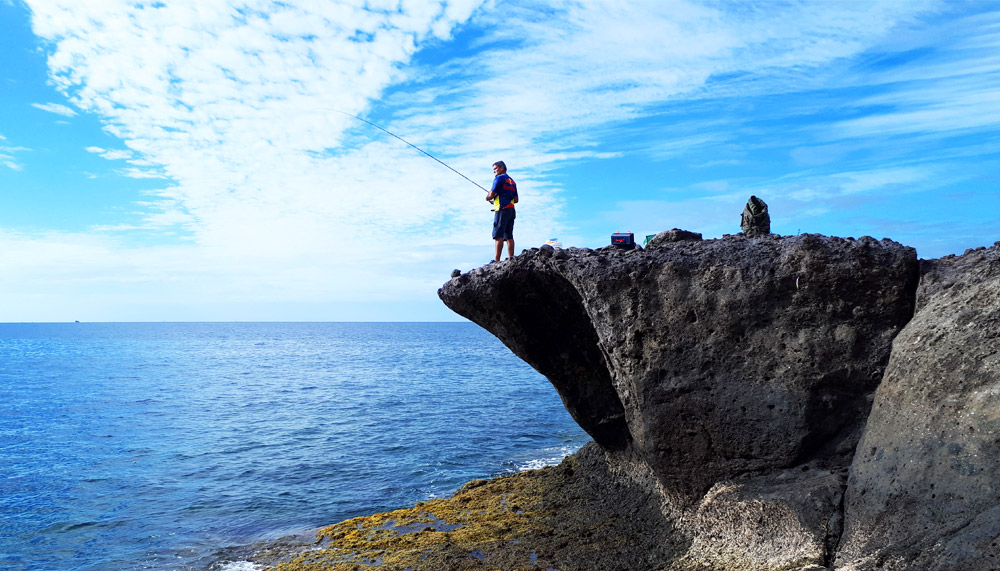
Two Factors Why You Don’t Catch Fish A Jig
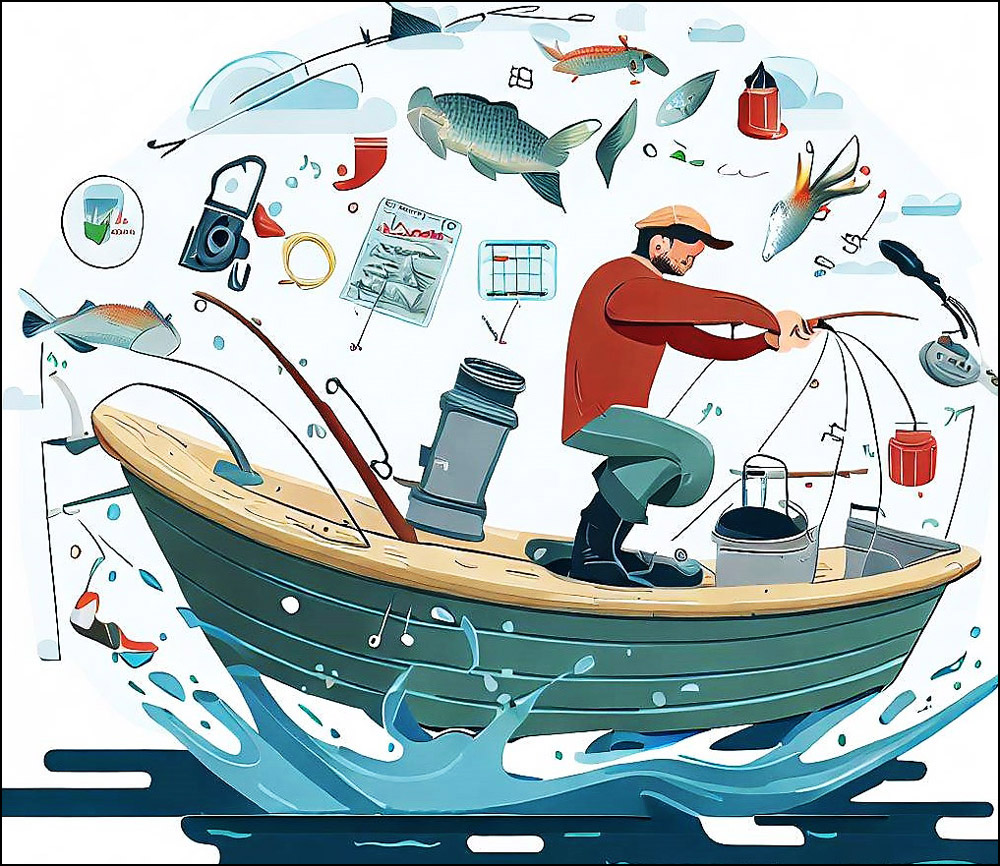
The Principle Fishing Mistakes That Can Affect Your Game
Fishing is always an exciting pastime. That is why spinning fishing has so many fans. And with the advent of silicone lures and the advent of jigging techniques, their number has increased even more. It is usually difficult for beginners to master the jigging technique. In this article, I will explain exactly how this fishing method works. And also here I will tell you about the common mistakes when fishing with a jig.
The First Factor For Jigging – The Choice Of Water Body
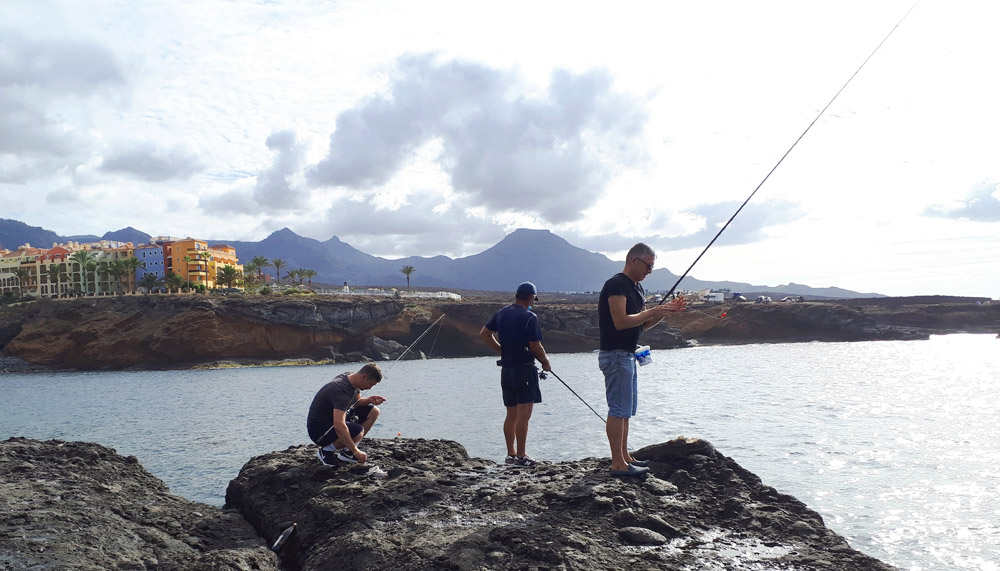
Many fishermen do not know where is the best place to jig. Because of this, they cannot get the catch and they get upset. It is most productive to a jig where there are any irregularities in the relief. The free-fall phase, which is considered the most attractive for a predator, is most clearly manifested when navigating on various edges, dumps, entrances to the pit, and exits from it. Also, effective jigging can be in snags. I would advise you to chat on thematic forums with those fishermen who often use this method of fishing. They, for sure, from their own experience have already found places where this method works. This way, you don’t waste your time looking for suitable bodies of water.
The Second Factor For Jig Fishing Is The Choice Of A Particular Fishing Spot

You need to decide on a place where you can test your knowledge in practice. Here you need to be able to distinguish between the favorite places of the predator where it eats, rests, or sits in ambush. Many beginners do not try to understand this issue and try to jig wherever they have to and then get frustrated. Before you go fishing, research what places are best for jigging.
- ⬜Pits. There are deep sections on any body of water, but if the drop is sharp, then such a place is quite drawn to a pit. In the cold season, large schools of forage fish gather there.
- ⬜A snaggy place is a favorite place for ambushes of any predator without exception. The only problem is that such places require accurate and precise fishing, otherwise you will lose all the bait on numerous hooks.
- ⬜Islets of vegetation. If you find thickets at a sufficient depth and distance from the coast, then be sure that someone has set up an ambush there.
- ⬜Grass edge. Castings along the grass massif are always productive, as predators also lie in ambush there.
- ⬜Anomalies of the bottom, edge. Any solid bump, edge, the rocky area is a place of interest.
- ⬜Bridge supports, piers, piles, hydraulic structures. All these structures attract fish like a magnet because in such places life is constantly raging.
- ⬜Whirlpools under the steep bank. This is a combination of a slow current with great depth, which is so loved by zander.
- ⬜Mouths of tributaries, places of the confluence of small rivers. The predator loves such places, since small fish, falling into a large river, are disoriented for several minutes.
After choosing a place, a search fishing with a heavy load is carried out, the purpose of which is to quickly draw up an approximate diagram of the water area, and, possibly, get the first bites. After that, the heavy head changes to a light one, and a spot search of promising points or those directions where there were bites are made.
Opinion of Professional One: Top Five Jig Fishing Missteps To Evade
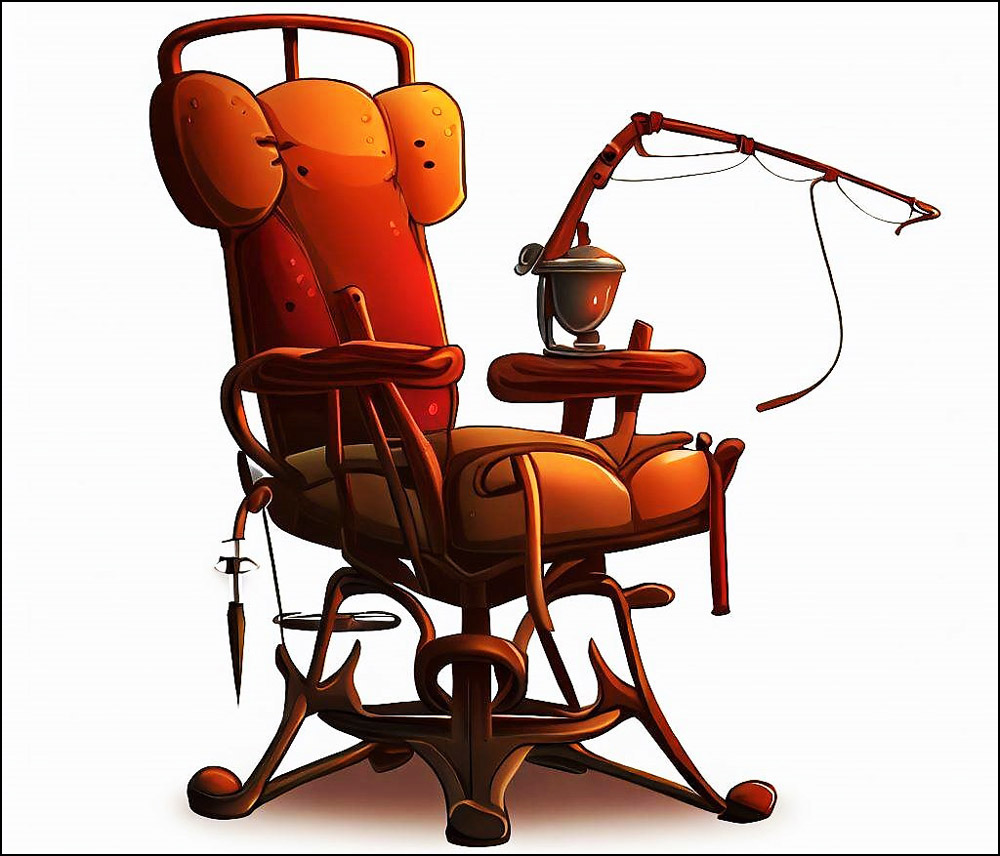
The allure of the underwater world has captivated mankind for generations, birthing the age-old practice of fishing. Jig fishing, in particular, stands out as a highly effective and popular method among both hobbyists and professional anglers. It presents an interesting combination of skill, strategy, and sometimes, a test of sheer patience. However, the magic of jig fishing lies not just in its ability to lure a variety of fish species, but also in the thrilling anticipation and excitement it delivers with every cast.
The Art and Science of Jig Fishing: A Journey into the Depths
On the surface, jig fishing might appear as straightforward as casting the line and waiting for a bite. Yet, the reality is far more intricate. There’s a nuanced art to it, encompassing a blend of the right gear, correct techniques, and an understanding of the aquatic environment. Often, anglers, both novice and experienced, find themselves falling prey to common missteps in their jig fishing ventures. These mistakes, seemingly small and harmless, can drastically reduce their chances of making a successful catch.
And that’s where this article comes in handy. In the subsequent sections, we will dissect the top five missteps often made in jig fishing. But more importantly, we aim to equip you with effective strategies to avoid them. From selecting the ideal jig size and the significance of color choice to mastering the jigging technique, maintaining hook sharpness, and perfecting the knot tying, we’ll cover it all. Our goal is to help you hone your jig fishing skills and enhance your overall fishing experience.
So, let’s cast off these common mistakes and dive into the heart of successful jig fishing!
1# Size Matters: Navigating the Maze of Jig Sizes
Many anglers may believe that the size of a jig is a trivial detail, one that doesn’t hold much weight in the grand scheme of fishing. However, this is a common misconception. The size of your jig plays a pivotal role in your success rate. It can mean the difference between reeling in a prized catch and going home empty-handed.
One of the most frequent missteps in jig fishing is not paying enough attention to the jig size. It’s easy to fall into the trap of believing that a bigger jig equals a bigger catch, or that a small jig is universally versatile. But using a jig that’s either too large or too small for the species you’re targeting can lead to disappointing results. A jig that’s too large might scare off smaller fish, while one that’s too small may not attract larger species. Additionally, a jig size that does not suit the current conditions, such as the water depth and flow, may not reach the desired area or act naturally, thereby reducing its effectiveness.
So, how do you go about choosing the right jig size? Here are a few pointers:
- ✅Consider the target species: Different fish species are attracted to different jig sizes. Research the preferred prey size of your target species and try to mimic it with your jig size.
- ✅Pay attention to the water conditions: The depth and current of the water should play a significant role in your jig size selection. In deeper waters or strong currents, a heavier jig may be required to maintain contact with the bottom. In shallow or still waters, a lighter jig will suffice.
- ✅Take into account the water clarity: If the water is murky, a larger jig might be more visible and appealing to fish. In clear waters, however, smaller, more realistic jigs often work best.
By giving due consideration to the jig size, you’ll increase your chances of attracting the right fish and enhancing your overall jig-fishing success. Remember, in the world of jig fishing, size really does matter.
2# The Color Code: Decoding the Mystery of Jig Colors
If you thought color was only a matter of aesthetic appeal when it comes to fishing jigs, think again. The role of color in jig fishing is much more significant than many anglers realize, and overlooking this aspect can significantly impact the success of your catch.
A common mistake that many anglers make is not aligning the color of their jig with the natural prey of the fish they’re targeting or with the surrounding water conditions. Fish have evolved over millions of years to recognize and pursue specific prey types – often determined by color. Using a color that isn’t typically present in the local fish diet can confuse or deter potential catches.
Additionally, water clarity and light conditions can dramatically influence how a color appears underwater. Certain colors may become less visible or look completely different at certain depths or water conditions, making the jig less appealing to the fish.
So how can you improve your jig color selection? Here are a few tips:
- 🟫Match the Hatch: This age-old angler wisdom involves choosing a jig color that resembles the natural prey of the fish you’re targeting. Do some research on the typical diet of your target species and choose a jig color accordingly.
- 🟫Consider Water Clarity: In murky or stained waters, brighter colors or those with strong contrast can be more effective as they are more visible. In clear water, on the other hand, natural, subdued colors usually yield the best results.
- 🟫Observe and Adapt: Pay attention to the fish’s reaction to different colors. If you’re not getting bites, don’t hesitate to switch up the colors until you find what works. Certain species may also have color preferences that change based on factors like spawning behavior, so it’s essential to remain adaptable.
Remember, color choice in jig fishing isn’t just about personal preference or what looks good to the human eye. It’s about what attracts the fish. By paying attention to color, you can significantly increase your odds of a successful day on the water.
3# The Jig is Up: Mastering the Dance of Jigging
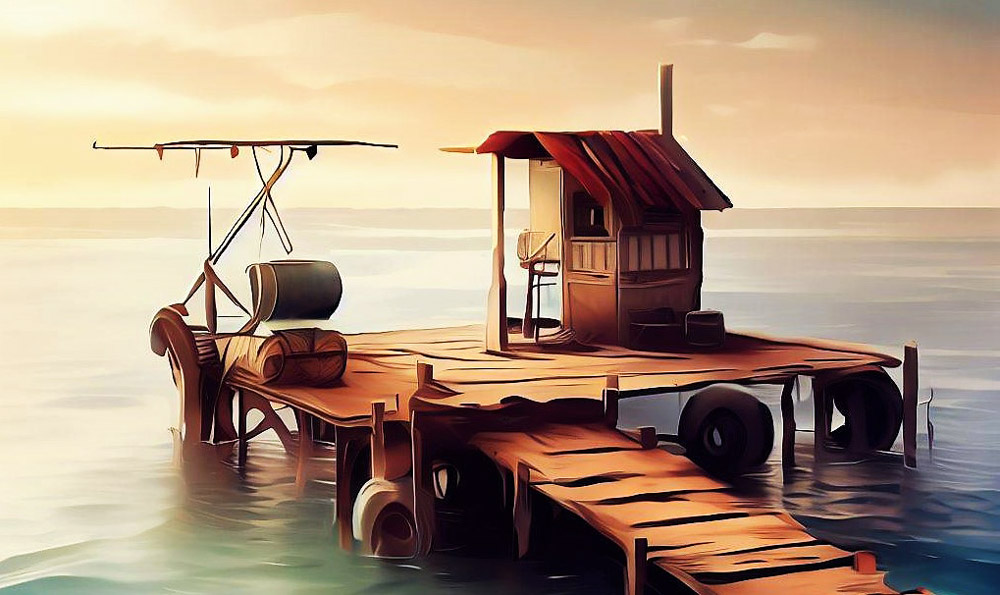
The jigging technique is essentially the angler’s puppet show, where the jig is the marionette dancing enticingly to attract its underwater audience: the fish. It involves a series of rod and reel movements that animate the jig in the water, mimicking the movements of the prey that your target species finds irresistible. The way you jig can significantly influence the presentation of your lure and, in turn, directly impact your catch rate.
One prevalent misstep in jig fishing is applying an inappropriate jigging technique. This mistake often manifests in the form of excessive or insufficient jigging action. Too much jigging action can make the lure appear unnatural and scare fish away, while insufficient action may fail to attract or excite fish, leading to fewer strikes.
The key to effective jigging lies in understanding the behavior of the species you’re targeting and mimicking the movement of their preferred prey. Here are a few tips to improve your jigging technique:
- 🟨Emulate Natural Prey: Try to make your jig mimic the movements of natural prey as closely as possible. Study how these creatures move in the water and replicate those movements with your jig.
- 🟨Vary Your Technique: Don’t stick to the same jigging technique all the time. Variation is crucial. Change the speed, rhythm, and amplitude of your jigging movements. If one method isn’t working, switch it up.
- 🟨Respond to the Fish: Pay close attention to how fish react to your jigging technique. If you notice more bites with a particular movement, continue with that technique. If not, don’t be afraid to change it.
Remember, the main aim of jigging is to attract fish, and the best way to do this is by making your jig behave like a tempting meal. By refining your jigging technique, you’ll increase your chances of landing a successful catch.
4# Sharper Than a Serpent’s Tooth: The Critical Role of Hook Sharpness
The hook is one of the most critical components of any jig setup. Its sharpness directly impacts your ability to secure your catch successfully. A sharp hook can penetrate a fish’s mouth easily and quickly, ensuring a solid hook set and lessening the chance of the fish shaking free.
On the other hand, a dull hook can result in missed opportunities. If the hook fails to set properly due to a lack of sharpness, your fish can escape, leaving you with nothing but a tale of “the one that got away.” Despite the clear importance of a sharp hook, it is quite common for anglers to neglect this aspect, failing to regularly check and sharpen their hooks.
So, how do you keep your hooks sharp and ready for action? Here are a few tips:
- ♊Regular Checks: Make a habit of checking your hook’s sharpness every time you hit the water, and after every catch. Touch the point and barb with your finger – it should feel sharp enough to prick your skin without any applied pressure. Look out for any signs of dullness or damage.
- ♊Sharpening Your Hook: If the hook doesn’t pass the sharpness test, it’s time to sharpen it. Use a proper hook file or an electronic hook sharpener for this. Hold the hook at an angle, and make a few light strokes with the file from the base to the point of the hook. Repeat this until you have a sharp, pointed hook.
- ♊Replacement: Sometimes, a hook might be beyond sharpening – it may be too damaged or worn out. In such cases, it’s best to replace the hook entirely. Always keep a set of replacement hooks handy in your tackle box.
Remember, a sharp hook can be the difference between a successful catch and a missed opportunity. By giving your hooks the attention they deserve, you can significantly improve your success rate in jig fishing.
5# Tying the Knot: Securing Success with Solid Knots

In the realm of fishing, knots are far more than mere bindings; they are critical connections between angler and catch. A properly tied knot ensures that your jig stays secure, even under the duress of a strong fish or current. On the contrary, an incorrectly tied knot can lead to lost jigs and, more heartbreakingly, lost fish.
A common mistake that can severely hinder an angler’s success in jig fishing is tying incorrect or weak knots. Whether due to a lack of knowledge or underestimating the importance of the knot’s strength, this misstep can transform an almost successful fishing trip into a tale of frustration and disappointment.
To help you avoid this misstep, here are some tips and a basic guide on tying effective knots for jig fishing:
- ☑️Choose the Right Knot: Not all knots are created equal. Some knots are better suited for jig fishing than others. The Palomar knot and the Loop knot are two favorites among jig anglers due to their strength and ease of tying.
- ☑️Practice Makes Perfect: Knot tying is a skill that improves with practice. Spend some time off the water practicing your knot-tying technique. The more comfortable you are with tying your knot, the better you’ll be able to do it in the field, even under pressure.
- ☑️Check Your Knot: Always test your knot after tying it. Pull it tight and make sure it’s secure. If it slips or looks incorrect, re-tie it. It’s better to take a few extra minutes on this step than lose a fish due to a faulty knot.
Remember, the knot you tie is the last line of defense between you and the fish. A poorly tied knot can lead to disappointment, while a well-tied knot can secure your victory in jig fishing. So take the time to learn, practice, and perfect your knot-tying skills.
Opinion of Professional Two: 5 Reasons You’re Not Catching Anything
If you are a beginner and just starting to master this type of fishing, then you should read this section. If you have also been trying to master this type of fishing for a long time, but you are failing, then this information will help you change the situation. Here I have collected 5 of the most important mistakes that are made when fishing with a jig.
1# Mistake
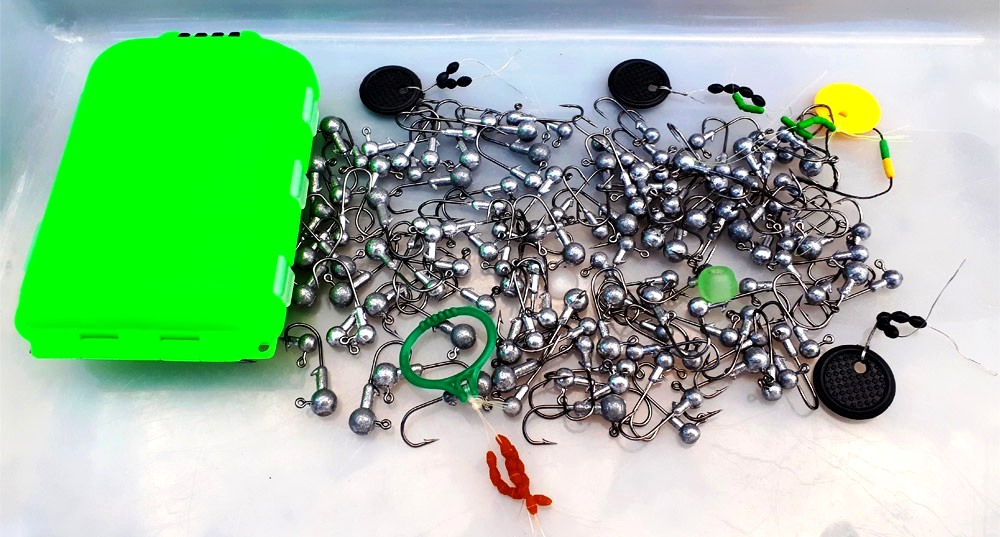
The first mistake is the incorrect selection of the weight of the load. It is important to say here that all jig fishing is built around the selection of the weight of the jig. If we take as a basis the simplest movement, the so-called “step”, when we make 2 turns with the reel and wait for a pause, when the bait still falls to the bottom, the weight of the load must be selected so that during the pause, when the bait falls to the bottom, there is one and a half, two seconds.
These are the average optimal values. No more and no less, because if the bait falls for three or four seconds, then you will lose the bottom, control of the movement and therefore the weight of the load needs to be increased. And if the load falls too quickly, you will not feel or hear the falling phases at all. It doesn’t matter what your depth is, one or 12 meters, the weight of the load must be selected in such a way that the time for the bait to fall to the bottom is one and a half or two seconds.
If the depth is shallow and to achieve the desired fall time you need to insert a weight of 2 grams, then it is necessary to insert 2 grams, and not 5 or 7. Many make such a mistake. Some fishermen believe that if they have a very thick cord or if they have a spinning test of up to 30 grams and they will not be able to throw 2 grams. But that’s another question. Here it is already a matter of an unsuitable unbalanced tackle for these conditions.
Or if the depth at the fishing point is 12 meters, then you need to put a load, for example, 25 grams, not 16, and wait until the bait falls to the bottom. It is not right. Of course, there are some exceptions to the rule, when, for example, you need the lure to sail a little more to catch pike. But these are all little things, the understanding of which will come to you with experience.
The most important rule here is to achieve the bait fall time of one and a half, two seconds! And also, most fishermen do not succeed in jigging due to an incorrectly selected load or if it is too large or light, which can be carried away by the current.
2# Mistake
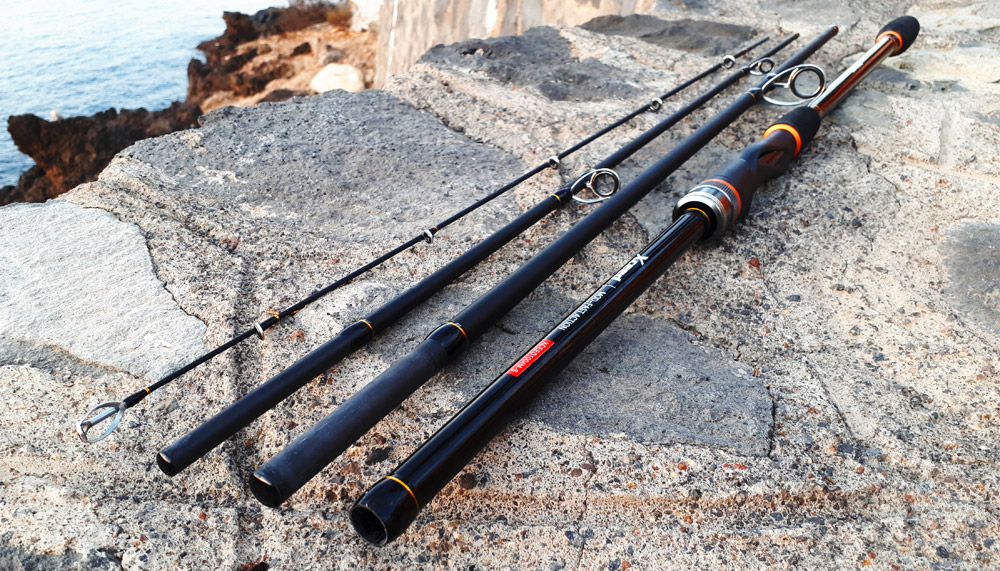
The second mistake is the incorrectly selected spinning rod. Today, most manufacturers already understand what kind of spinning rods fishermen need. And today it is not a problem even from the budget segment to buy a suitable spinning rod with an extra fast action, which is needed for jigging. I recommend choosing a longer rod for jigging. The optimal and universal length of a spinning rod for a jig is 2.40-2.50. Thus, the spinning rod should be long enough, while still being rigid.
Thus, it will be much more convenient for you to perform various types of postings, for example, it is much more convenient to carry out the same explosions of the bait from the bottom with a long and hard spinning rod. And also with such a spinning rod, it is more convenient to perform hooking, punch through the bony mouth of a pike perch, and the like. Many fishermen mistakenly have inherently bad spinning rods with the wrong action that will fail. Therefore, if you want to jig successfully, choose the right spinning rod for your jig.
3# Mistake
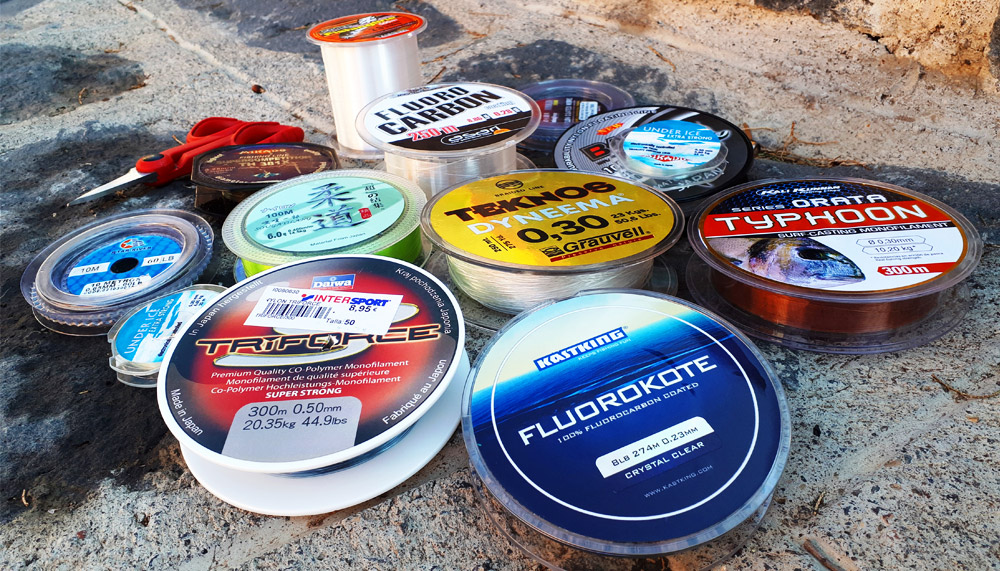
The next mistake is choosing the wrong braided fishing line for jig fishing. Some fishermen still reel in a line for such fishing. I will say right away that the line is not suitable because it has extensibility and thus you lose sensitivity. And this is one of the main advantages when fishing with a jig. The mistake is that many people pick up too strong, thick cord. Many people worry that if they catch a fish weighing 10 kg, and they have a cord with a break of 5 kg, the fish will break the cord.
But do not worry, the reels have long invented friction brake, thanks to which the cord with a breaking load of 2 kg can catch a fish weighing 10 kg. But, when you use the cord that is too thick, you lose the sensitivity of the tackle, and your casting will no longer be the same. And this greatly affects the quality of fishing. In addition, many are trying to save money and buy cords of unknown brands of unknown quality. Quality is out of the question here. But that doesn’t mean you have to buy expensive fishing cords and lines. There are many good manufacturers on the market today who are not overpriced. The main thing is that the cord is strong and durable.
4# Mistake
Another mistake is doing the movement incorrectly. The fisherman has no movement control, no understanding of what is going with the bait, when it falls, it lies on the bottom. Accordingly, the fisherman does not understand when the posting happens to him. The jigging step I already mentioned is very simple. Two turns of the coil, a pause, and during a pause, the bait sinks and falls to the bottom. You see the touch of the bottom and do the same: two turns of the reel, the bait rises above the bottom, then falls to the bottom. This is how the entire movement is performed.
You can add undermining, or one undermining at the start of the movement, or two undermining for each revolution of the reel. It would seem that everything is very simple, but many people make various mistakes. They consist in the fact that fishermen have no understanding at all of what they are doing, why and in what sequence what needs to be done. For example, during movement, they don’t have the proper line tension. The bait falls, the line sags for some reason, and because of this, they do not feel anything. Also, the fisherman may not understand when the bait fell to the bottom or did not fall, or lay on the grass or hung on a branch. In general, the fisherman has no understanding and control.
To learn how to jig, you need to understand just a few things, such as what weight to pick up and understand what happens to the bait during movement. If you do everything correctly, then you have a stretched cord during the pause and then you will not miss a bite. When you feel a bite, take a sweep. Learning to understand all this takes practice and training. I advise you to stand on a sandy beach where there are no current or other factors that will interfere with you. And there you just jig the reel for two turns with the bait falling.
And the main thing is that during the fall you have one and a half, two seconds and that you generally understand everything that you are doing: when the bait is sinking, your line is stretched. When the bait has fallen, your line is sagging. Also, in most cases, this is all clearly visible on the tip of the fishing rod. When the bait falls, the tip curls slightly. When the bait fell and touched the bottom, the tip squeezed out slightly. With practice, you will gain understanding and the first catch of fish will not keep you waiting.
5# Mistake
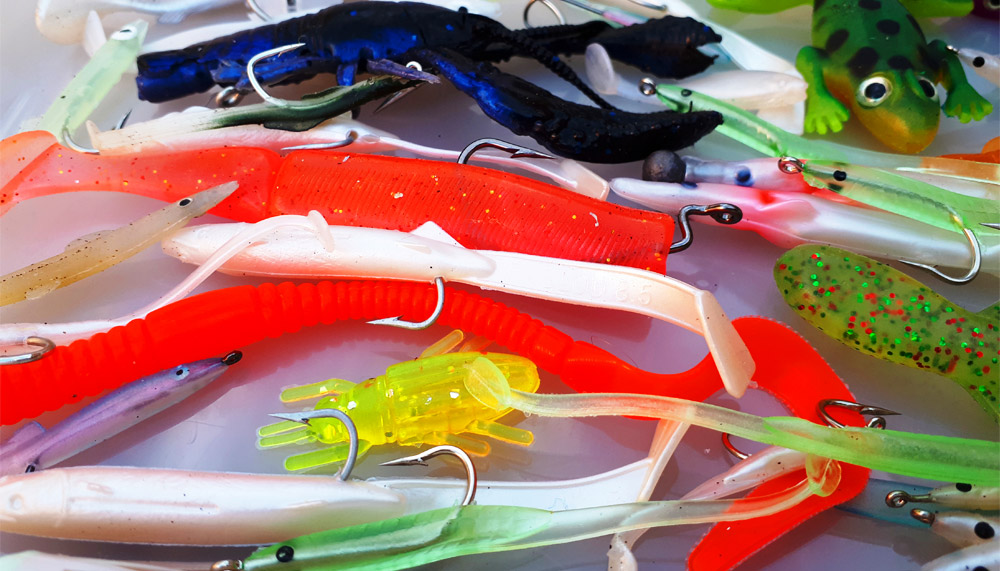
And so, the last mistake is the choice of baits. For example, when fishing for perch, I often meet people with very rough fish. For example, many people have a carbine much larger than my bait along with a load. And it is clear that with such a carbine, there is still a load of incomprehensible size and incomprehensible bait. People want to catch something, but nothing bites them. Thus, when fishing for perch, it is best to use small lures of 1.5-2 inches.
For example, if you choose a small fishtail, 1.5-2 inches, you will not go wrong. Small fish weighing 15-20 grams, as well as adults weighing 300-400 grams, will bite on such a bait. And if you put a huge rough bait, there is a high probability that nothing will bite you. You should also have a neat installation. This is, for example, a thick fluorocarbon with a small fastener.
FAQ: Mistakes in Jig Fishing
Conclusion: Avoid These 5 Typical Mistakes
Jig fishing is the most catchy advanced spinning technique. If you are just planning to do jig fishing, but do not know where to start, then this article has everything to get you started. I hope that after reading this article, you have found your mistakes and now you can easily fix them.
Turning Missteps into Leaps: Evolving Your Jig Fishing Experience
As we’ve navigated through the top five missteps in jig fishing, we’ve learned that the path to a successful catch is as much about avoiding pitfalls as it is about mastering techniques. From selecting the right jig size to perfecting your jigging technique, choosing the appropriate color, maintaining a sharp hook, and tying secure knots, each step plays a vital role in determining your success rate.
While these missteps are common, they are by no means inevitable. By recognizing and rectifying these errors, you can not only enhance your fishing experience but also significantly boost your success on the water. Each corrected practice adds to your arsenal of angling skills, transforming potential missteps into steps toward a more fruitful fishing adventure.
In conclusion, I encourage each of you to apply the advice shared in this article during your next jig fishing expedition. Whether you’re a seasoned angler or a novice embarking on your first fishing adventure, these tips will guide you to evade these common missteps and pave the way toward a successful and satisfying catch.
Remember, in the world of jig fishing, every detail counts, and perfection lies in mastering those details. So head out, cast your line, and let the waters reward your efforts and newly honed skills.
Join the Angling Revolution: Share, Learn, and Grow with Our Jig Fishing Community
As we conclude this journey through the intricate art of jig fishing, we would love to hear your own experiences. How have you faced and overcome these common jig-fishing missteps? Your insights could be the piece of advice that helps another angler master their craft. We invite you to share your tales, victories, and lessons learned in the comments section below.
Also, we encourage you to share this article with your fellow anglers. By doing so, you’re not just sharing a piece of content, but potentially helping others evade common pitfalls, enhancing their fishing experiences, and contributing to the overall knowledge of our fishing community.
And finally, if you have any questions about the content we’ve covered, or if you have your own tips and tricks that you’d like to share, please leave a comment. Our aim is to create a robust community of anglers where we can learn from each other, support each other, and together, keep the time-honored tradition of fishing alive and thriving.
Remember, in fishing, as in life, we learn the most not from our successes, but from our missteps. So, let’s share, learn, and grow together as we journey toward becoming more skilled and conscious anglers.

I live in Tenerife (Canary Islands) for the last 10+ years and share my daily fishing experiences on my website. Many years of personal experience as a fisherman and the vast experience of my friends allow me to write professionally on any fishing topics (from choosing a flashlight and equipment to deep-sea fishing).
All of my advice is based on practical real-world experience and will be useful to both novice anglers and professionals. Read more about the author.
Affiliate Disclosure: FishReeler.org sometimes gets paid for listings, through sponsors or affiliate programs like Amazon, Ebay, Cabelas, Bass Pro Shop, Shimano, Daiwa, Rapala, Renn, Okuma, KastKing, etс. Clicking a link helps keep FishReeler.org free, at no extra cost to you!
About the author: Each article is verified by the fishing expert Sergio Smirnoff. The articles are written by professional and amateur fishermen with 20+ years of fishing experience.
Note: The views and opinions expressed in this article are those of the authors and do not necessarily reflect the official policy or position of any agency. The articles are for informational purposes only, share your opinions in the comments and join the fishing discussions, let's share our fishing experiences together!

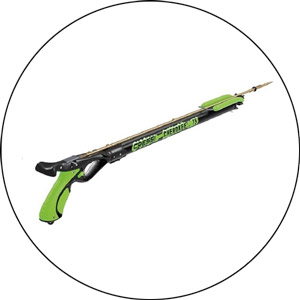
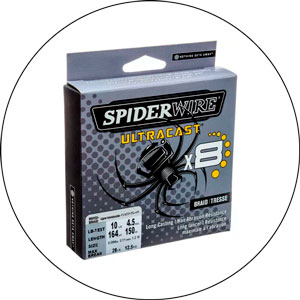
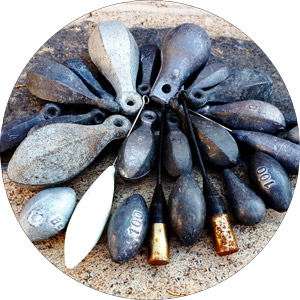
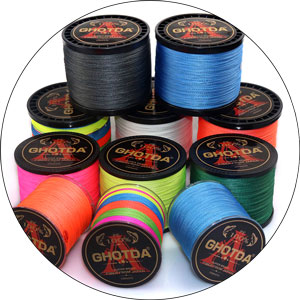
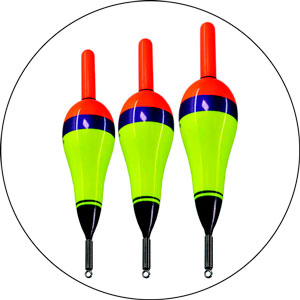
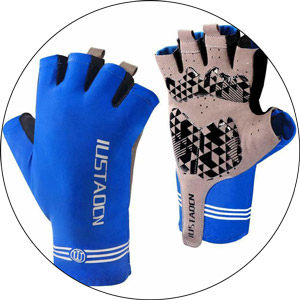
Since I’ve only been fishing for a few years, I still make sure to consult my go-to gear shop for fishing supplies and installations. I still get confused with the right equipment and installations, so it’s still necessary for me
One of the most important actions of jig fishing is the speed of movement of the bait (some fishermen like slow movement, others like fast), the dance of the bait (up-down, right-left, etc.), the rhythm of movement (pause movement), and the direction of jerks (complex behavior). Each of these parameters is a whole article and study. One tip: Do not forget that the fish most often peck and grab the bait during its fall.
I can’t stress enough the value of the tips on knot tying. I remember losing a potential trophy catch because of a poorly tied knot. It was a heartbreaker. But, as this article points out, such experiences are learning opportunities. Thanks for sharing this guide. It’s a comprehensive checklist that all anglers should keep in mind to avoid common jig fishing missteps.
This article is a gold mine for any jig fishing enthusiast. The point about the importance of a sharp hook is often overlooked, yet so essential. I’ve lost count of the number of fish that got away due to a dull hook. Now, I make it a habit to check and sharpen my hooks regularly, and the results are definitely noticeable.
I really appreciated the section on the jigging technique. I’ve always struggled with getting the right action on my jigs, either being too vigorous or too passive. The tips here about variation and adapting to the fish’s response are excellent. I’ll be sure to try them out on my next trip. Thanks for sharing this valuable information!
Fantastic article, very informative and well written. I wish I had come across something like this when I started out with jig fishing. The section on color selection is especially helpful. It reminded me of my early days when I would only use one color regardless of the conditions. It took many empty-handed trips before I understood the importance of varying jig colors. Keep up the good work!
As an avid angler who’s been fishing for over a decade, I found this article to be spot-on! I’ve made all of these mistakes at one point or another, especially not paying attention to the jig size. I used to think bigger was always better, but I quickly realized that wasn’t the case. It’s all about choosing the right size for the specific conditions and the type of fish you’re targeting. Great article – it’s a must-read for every angler out there!